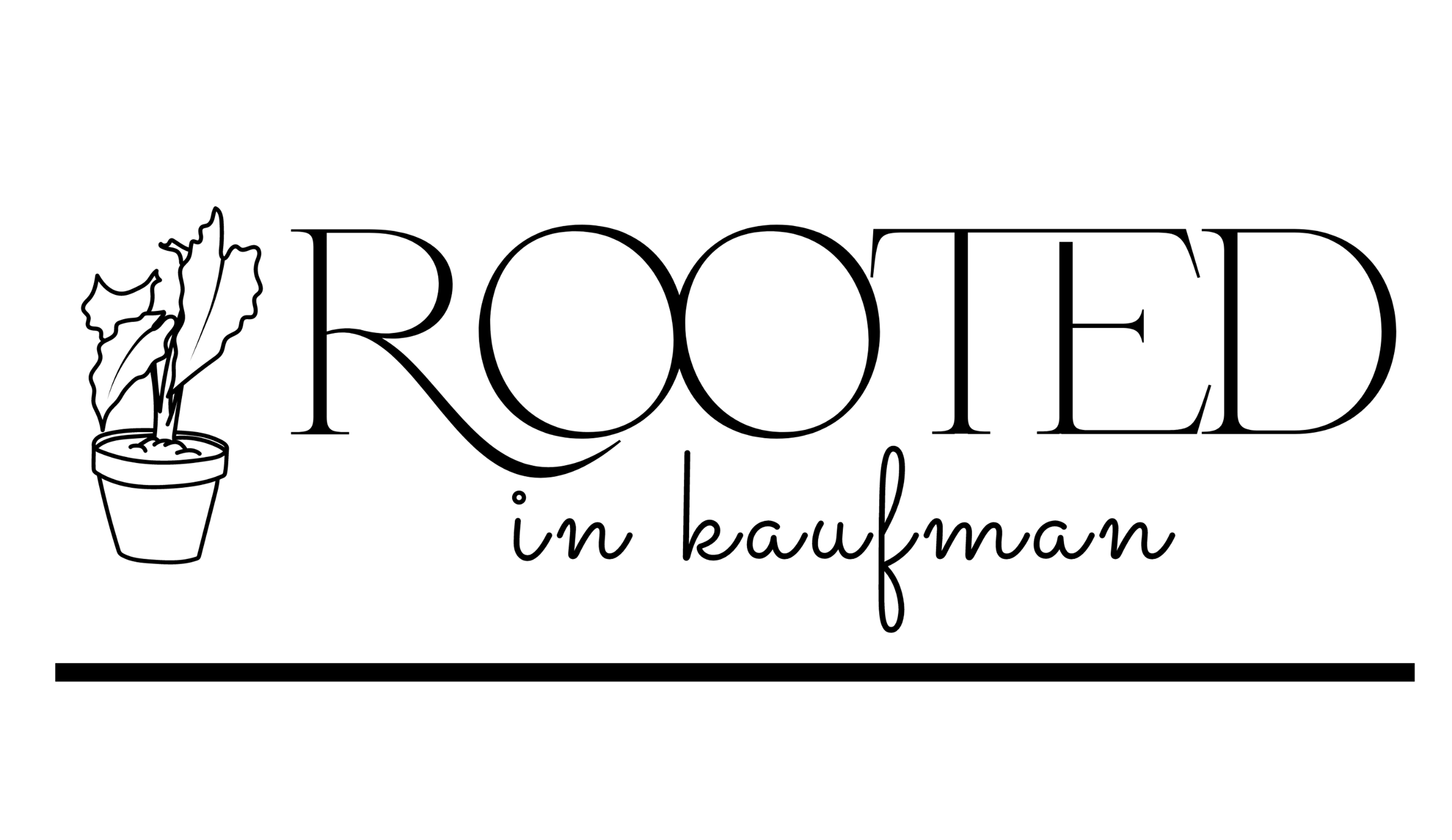
Native Plants in Kaufman Texas
Why Native Plants Matter (Especially in Kaufman, TX)
Restoring beauty, biodiversity, and balance—one plant at a time.
Before highways, fences, and lawns filled the land, most of Kaufman County was part of the Blackland Prairie, one of the most ecologically rich and rare habitats in North America. This tallgrass prairie once stretched across North Texas, covered in a sea of wildflowers and native grasses—home to bison, quail, monarchs, and every buzzing, chirping, fluttering creature in between.
Today, less than 1% of this prairie remains.
But here’s the hopeful part: by planting native Texas plants, we can help bring a little of it back.
🌾 Why Native Plants?
Native plants are the ones that belong here. They’ve evolved for thousands of years to thrive in our climate, feed our wildlife, and support our soil. That makes them:
- Low-maintenance (no fertilizer, no fuss)
- Drought-tolerant
- Loved by pollinators & birds
- Supportive of local ecology
- Resilient to Texas extremes
They’re not just beautiful—they’re purposeful.
🌱 The Blackland Prairie Legacy
Kaufman County sits squarely in Texas' Blackland Prairie ecoregion, known for its dark, clay-rich soils and tallgrass landscapes. This area was once bursting with life: Little Bluestem waving in the breeze, coneflowers blooming along buffalo trails, and prairie chickens calling from tall grasses.
Today, urbanization, farming, and invasive species have nearly erased it—but every time we plant a native grass, wildflower, or tree, we’re stitching a little of that lost habitat back together.

🌻 Our Favorite Native Plants for North Texas
🟩 Grasses (for structure, erosion control, and wildlife support)

- Little Bluestem – A prairie classic with blue-green blades that glow rust-orange in fall.
- Big Bluestem – Also called “turkey foot,” this tallgrass adds motion and majesty.
- Sideoats Grama – Texas’ state grass! Drought-hardy and ornamental.
- Eastern Gamagrass – Excellent for moist spots and wildlife shelter.
- Buffalograss – Perfect for low-mow or no-mow lawns.
- Gulf Muhly – Pink, feathery fall plumes = pure garden magic.
🌼 Wildflowers & Perennials (for pollinators + seasonal color)

- Purple Coneflower – Classic native beauty, beloved by butterflies.
- Indian Blanket – Drought-tolerant and cheerful.
- Texas Bluebonnet – Our state flower, best planted in fall.
- Black-eyed Susan – Bright and low-maintenance.
- Winecup – A spreading groundcover with magenta blooms.
- Horsemint – Fragrant and buzzing with bees.
- Maximilian Sunflower – Tall, bold, and pollinator-friendly.
- Gregg’s Mistflower – A monarch favorite with soft purple flowers.
🌿 Shrubs & Structural Plants

- American Beautyberry – Stunning purple berries feed birds.
- Agarita – Evergreen, fragrant, and thorny (a good barrier!).
- Texas Sage (Cenizo) – Silver foliage and purple blooms after rain.
- Elbow Bush – Great for screening; birds love the berries.
- Flame Acanthus – A hummingbird magnet!
🌳 Native Trees of Kaufman, Texas
Shade & Canopy Trees

- Bur Oak (Quercus macrocarpa) – Big leaves, massive acorns, and deeply drought-tolerant.
- Post Oak (Quercus stellata) – Iconic Texas oak with thick bark; thrives in poor soils.
- Shumard Oak (Quercus shumardii) – Great for fall color and larger landscapes.
- Cedar Elm (Ulmus crassifolia) – Extremely drought-hardy, well-suited for urban yards.
- American Elm (Ulmus americana) – Classic tall tree, now being replanted with resistant varieties.
- Pecan (Carya illinoinensis) – Texas’ state tree; produces edible nuts and great shade.
Smaller Flowering & Ornamental Trees

- Texas Redbud (Cercis canadensis var. texensis) – Beautiful spring pink flowers, heart-shaped leaves.
- Mexican Plum (Prunus mexicana) – Early bloomer with fragrant white flowers.
- Rusty Blackhaw Viburnum (Viburnum rufidulum) – More like a large shrub/tree hybrid; white spring blooms and fall color.
- Eve’s Necklace (Styphnolobium affine) – Delicate, dark seed pods and small pink blooms.
Evergreens & Structural Trees

- Eastern Redcedar (Juniperus virginiana) – Technically a juniper; great windbreak and wildlife shelter.
- Ashe Juniper (Juniperus ashei) – A tough, small tree well-suited to dry, rocky spots.
🌱 Why Native Trees Matter
- They’re drought-tolerant and disease-resistant
- They provide habitat and food for native wildlife
- They support soil health and reduce erosion
- They require less water, fertilizer, and pruning than non-natives
🌱 Bonus Groundcovers
- Frogfruit – Flowers, foot traffic–friendly, and native.
- Snake Herb – Purple blooms and spreading growth.
🦋 Every Native Plant is a Step Toward Restoration
By planting even just a few native species in your yard, garden, or property, you’re helping:
- Restore habitat for pollinators, birds, and wildlife
- Improve soil structure and reduce erosion
- Conserve water
- Preserve Texas heritage
- Support the survival of one of the most endangered ecosystems in the world
💚 Ready to Reclaim the Prairie (Even Just a Little)?
Come by Rooted in Kaufman—we carry many of the native grasses, shrubs, and wildflowers listed above. We're here to help you find the right native plants for your soil, sun, and style.
Let’s root Kaufman back in Texas, together.
If you're interested to learn more about the plants and animals that live in Kaufman county (invasive and native), let me introduce you to this website" https://www.inaturalist.org/places/kaufman-county
